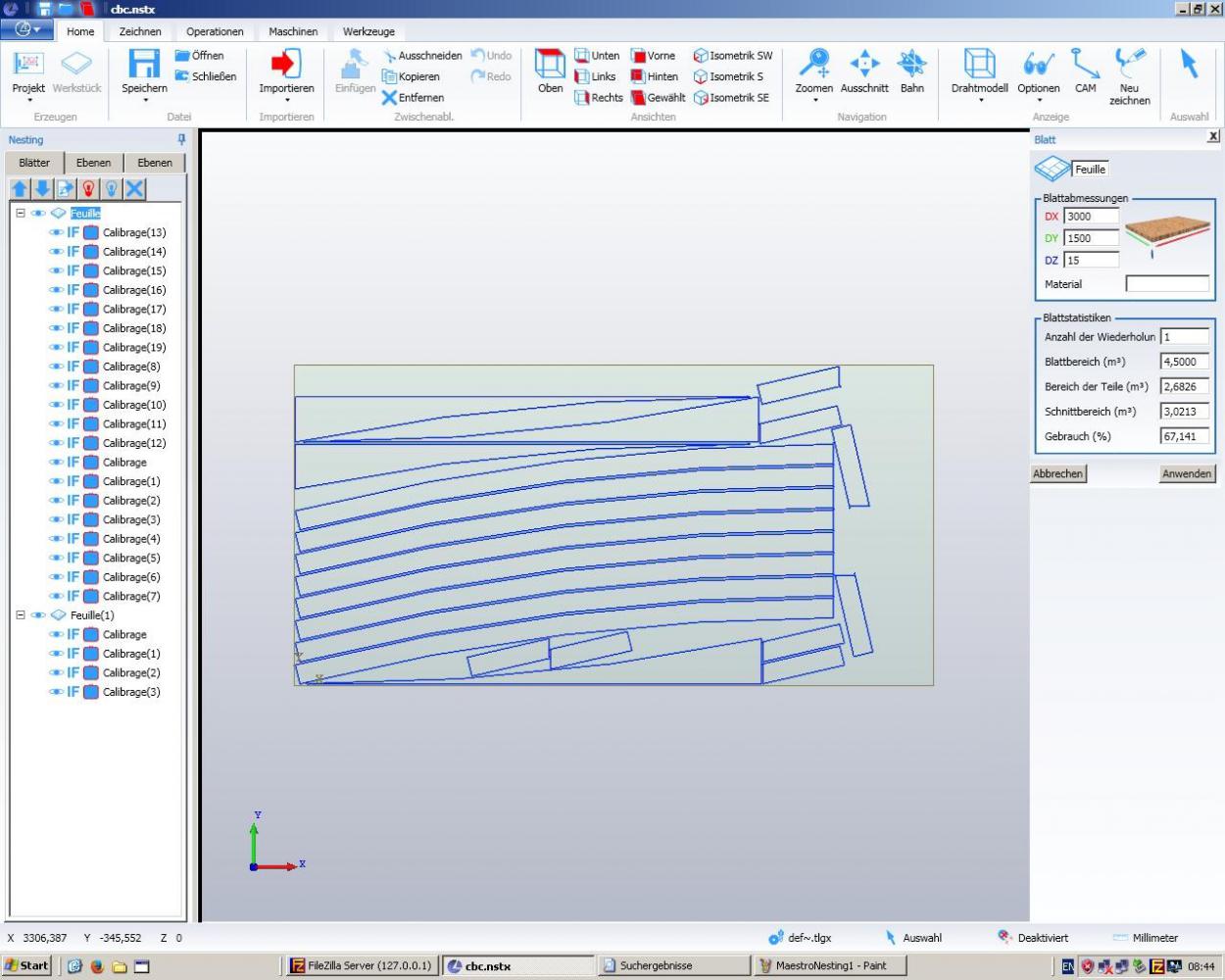

New Windows PCs lack ISA and conventional PCI slots, which have been replaced by the PCI-Express standard. *** About legacy device support: You will likely find it difficult to purchase a new workstation that can house any of the legacy devices. This is no longer an issue in Maestro 3, so long as we use the PCIe-6363 and Intel Gigabit CT network card, which support the message-signaled interrupts. Hardware line-based interrupts, or IRQs, are an extremely limited resource on a PC, and one of the most difficult issues to overcome when configuring a computer to run older versions of Maestro was getting device-exclusive IRQ access for both the AI device and the network card. Message-signaled (MSI) vs line-based interrupts: Interrupts are enabled on Maestro's analog input device as well as the network adapter used for communications with RMVideo. Finally, if you will use Maestro with the EyeLink 1000+ eye tracker, you will need a second NIC for the private Ethernet connection to the EyeLink's "Host PC" the Intel Gigabit CT will suffice for this purpose. If you have a functioning vector oscilloscope for displaying XYScope targets (unlikely!), you'll need the Detroit C6x or Dakar DSP card from Spectrum Signal Processing (however, these cards are no longer available!).

If you choose to use the supported legacy devices, you'll need a workstation with several open PCI slots and at least one ISA slot for the Lisberger Technologies' DIO timer board. Other legacy devices are still supported in Maestro 3, but we strongly recommend upgrading to these modern (as of mid-2011) cards. The PCIe-6363 handles analog input, analog output, and digital IO and event timestamping, while the Intel CT adapter provides the Maestro-RMVideo private Ethernet link. *** Recommended plug-in hardware: The National Instruments PCIe-6363 multi-function IO card and the Intel Gigabit CT desktop network adapter. We recommend getting two hard drives, one for the operating system installation and the other for data storage. Required files consume less than 5MB of disk space, but a large area should be reserved for storing files during an experiment. While Maestro does not use a lot of system memory, Windows certainly does! Also, Maestro's RTX-based hardware controller must run in the non-paged memory pool, and Microsoft recommends that this pool be kept to a small fraction (5% or less) of the total available system memory. There's no point in installing more than 4GB, since 32-bit Windows cannot access the additional RAM. At least 4 cores are required if you plan to use Maestro (version 3.2.0 or later) with the EyeLink 10000+ eye tracker. This is pretty much the standard for Windows workstations purchased in 2011 or later. Processor: 3GHz+ Intel processor with at least two and preferably four cores.

NOTE that the Solo runtime edition is not recommended, as Maestro may not perform adequately when it must share a single CPU with Windows processes. If you purchase a machine with more than 4 cores (which is overkill as far as running Maestro is concerned), you could go with an RTX 2011 Runtime edition that supports more RTX-dedicated cores, but this really is not necessary and will increase your costs. This edition should be adequate for a quad-core machine, with RTX configured to run on two cores and Windows on the other two. We strongly recommend the RTX 2011 Entry edition, which supports real-time processes running on up to 2 dedicated RTSS processors, with Windows processes running on any remaining cores. The RTX 2011 runtime comes in different versions depending on the number of CPU cores supported. Maestro 3.x was built with the RTX2011 software development kit (SDK). Maestro's hardware controller runs as a process within the RTX subsystem. RTX: IntervalZero's Real-Time Extension for Windows (32-bit) is required. Maestro 3.x is not supported on earlier Windows versions, nor on the 64-bit version of Windows 7. Operating system: Windows 7, 32-bit version.


 0 kommentar(er)
0 kommentar(er)
